Growing seagrass is an efficient way to reabsorbing carbon. It stores 55% of the atmospheric carbon to mitigate climate change.
A climate change PhD student at the University of the South Pacific (USP) in Fiji is focusing her research on the importance of growing and protecting seagrass because of the important role it plays in reducing global warming.
Seagrass absorb large quantities of the greenhouse gas, carbon dioxide from the atmosphere and store it, thus decreasing the effects of global warming.
Shalini Singh says seagrass also acts as a barrier to lower the strength of waves on shorelines in Fiji. She was presenting her research finding at the regional university recently.
“We must ensure seagrass species, which is also known as blue carbon storage, are protected as Fiji is one of the countries impacted by global warming.
“The seagrass can control carbon and store it within themselves at a rate that is 35 times faster than tropical rainforest which are our green carbon,” Ms Singh said.
She highlighted that Fiji’s coastal areas, ocean and forested environment are the sinks where atmospheric carbon, which if remains in the atmosphere can lead to global warming.
The process of carbon analysis
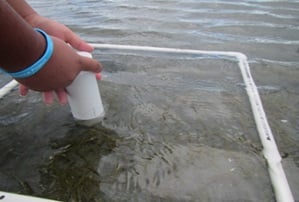
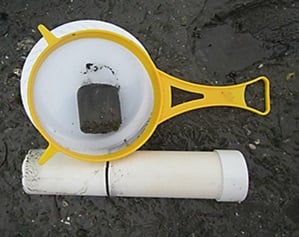

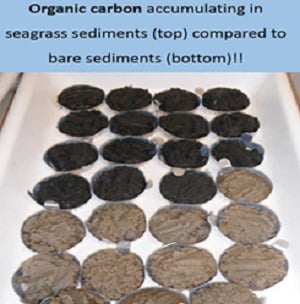
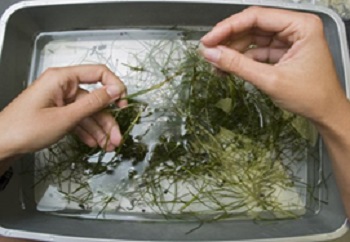
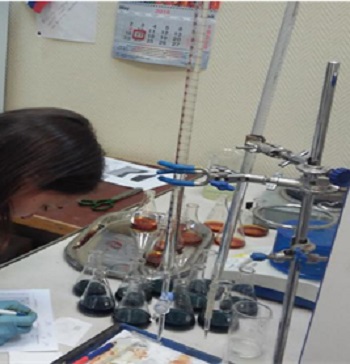
Blue carbon is the carbon stored in coastal and marine ecosystems. Coastal ecosystems such as mangroves, tidal marshes and seagrass meadows sequester and store 55% of atmospheric carbon than terrestrial forests and are now being recognised for their role in mitigating climate change.
Ms Singh believes that carbon has an impact on the environment as people are fighting a global situation known as global warming.
“People are talking about reducing carbon emission and seagrass can help reduce blue carbon,” she said.
“The only thing special about the ocean is that carbon stays there for a longer period and are not degraded by bushfires or deforestation activities. If the areas remain undisturbed, the carbon stays there for millions of years. Apart from that, the carbon stored within the system can also be exported to other places like the deep sea for long term storage.”
She said carbon can form weak carbonic acid if the carbon is not trapped by sea plants which can harm the marine species thus, saving and protecting the ocean needs a vast area of sea plants that will help in mitigating climate change.
To conduct her carbon analysis on seagrass species, Ms Singh chose two sites- Suva and Sigatoka on the main island of Viti Levu.
The analysis was carried out based on the plants and the sediments in which seagrasses were found.
“The analysis was that seagrass areas show more carbon dioxide accumulated in them compared to places where there is no seagrass. Thus, the sediments show that there is carbon storage capacity in seagrasses.”
Methods used during seagrass analysis
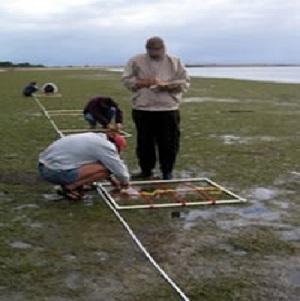
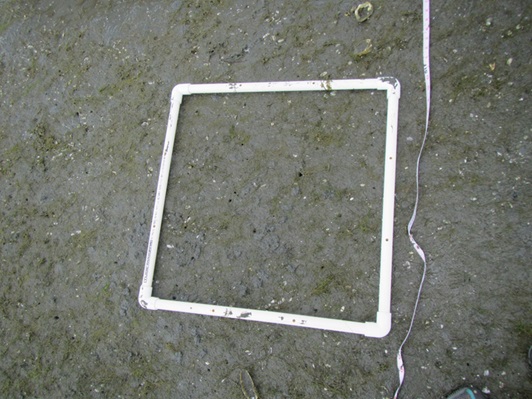
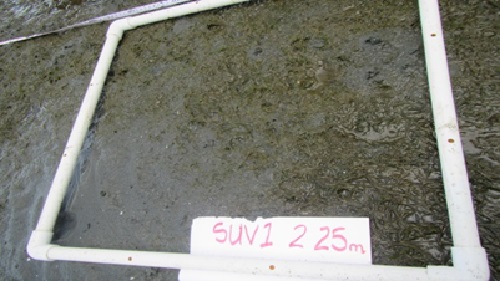
In her two years of fieldwork analysis and information collection, she found three species of seagrass in Fiji. Their scientific names are Halodule Uninervis, Halodule pinifolia and Halophila ovalis.
Halodule Uninervis although tiny, grows rapidly and densely from its underground stems. Forming a mat, traps build-up, and stabilises sediments. This allows other seagrasses to establish themselves and provides a more stable environment for burrowing creatures.
Halodule pinifolia is a seagrass species in the genus Halodule. It is found in shallow sea waters.
Halophila ovalis provides a surface for small algae to grow on. Tiny snails graze on this algae. These in turn are eaten by larger creatures. In this way, seagrasses contribute to the rich biodiversity on the shores.
Ms Singh is part of a non-profitable organisation- Sea Grass Watch which monitors the health of seagrasses globally.
She is hoping to work with communities and educate them about the benefits and identification of seagrass as people usually misidentify seagrass with seaweed and algae.
The search does not stop here for Ms Singh as she plans to find more species in other Pacific Island Countries.
Ms Singh is also a lecturer at the Fiji National University (FNU)’s College of Aquaculture, Fisheries and Forestry.




